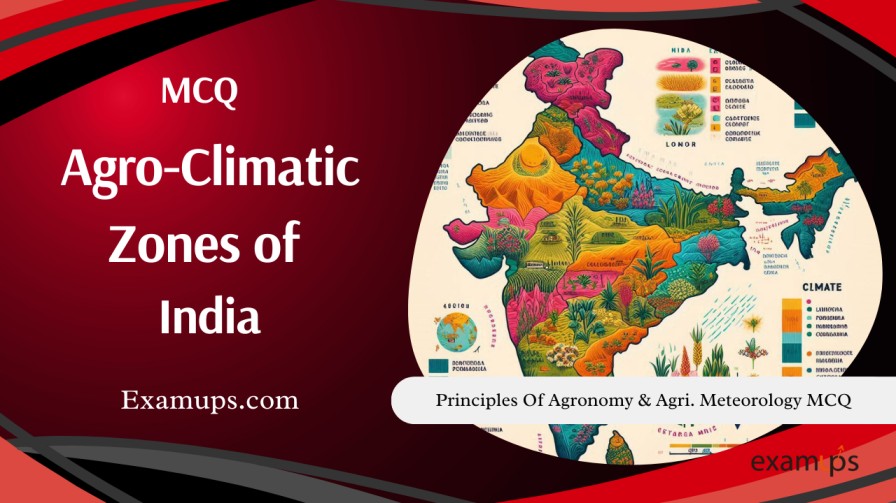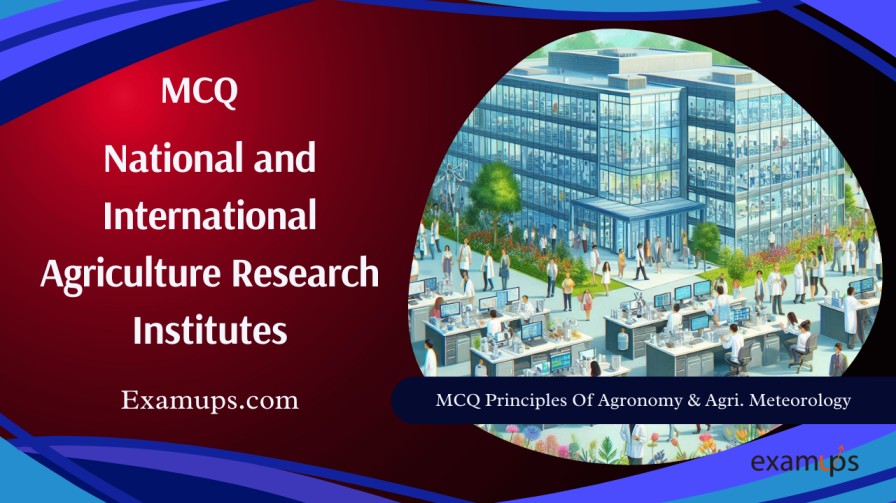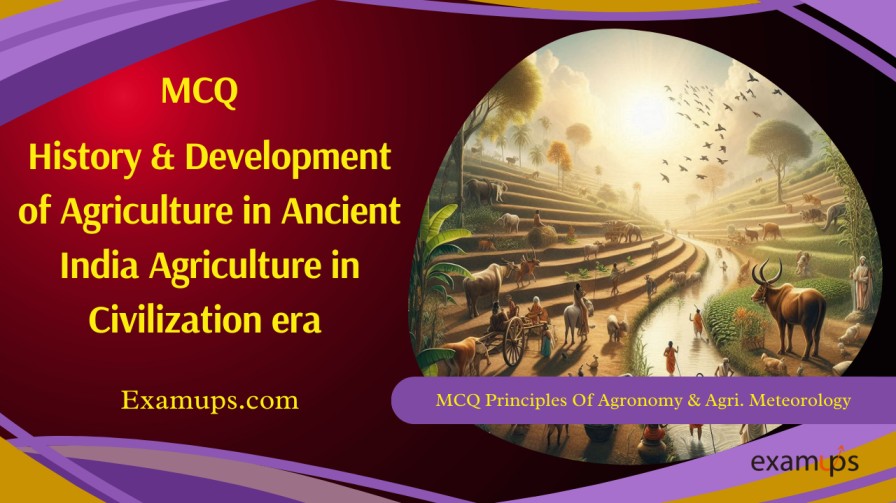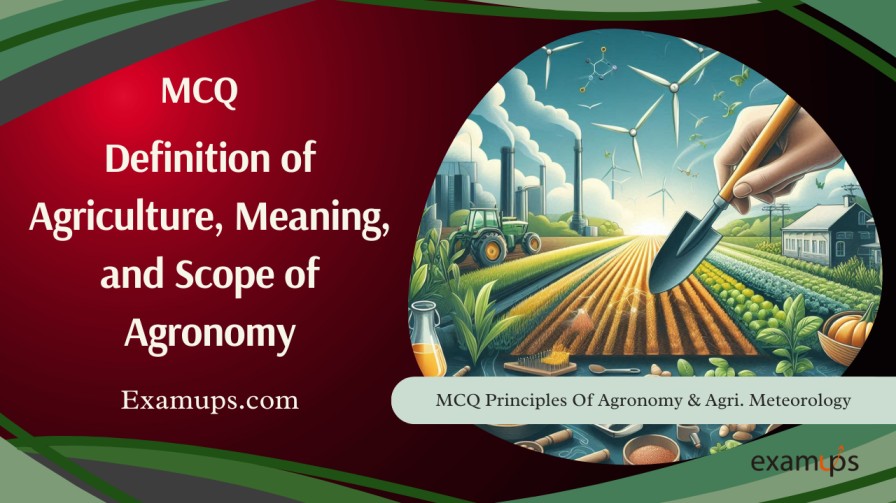MCQ on Agro-Climatic Zones of IndiaMCQ on Agro-Climatic Zones of India
Agro-Climatic Zones of India MCQ for All Agriculture Exams like ICAR-JEF, ICAR-SRF, ICAR-NET, IBPS-AFO/SO, Pre-PG, BHU Pre-PG, IFFCO-AGT, CCI, FCI, B.sc, M.sc, etc. Question 11: Which region of India is










